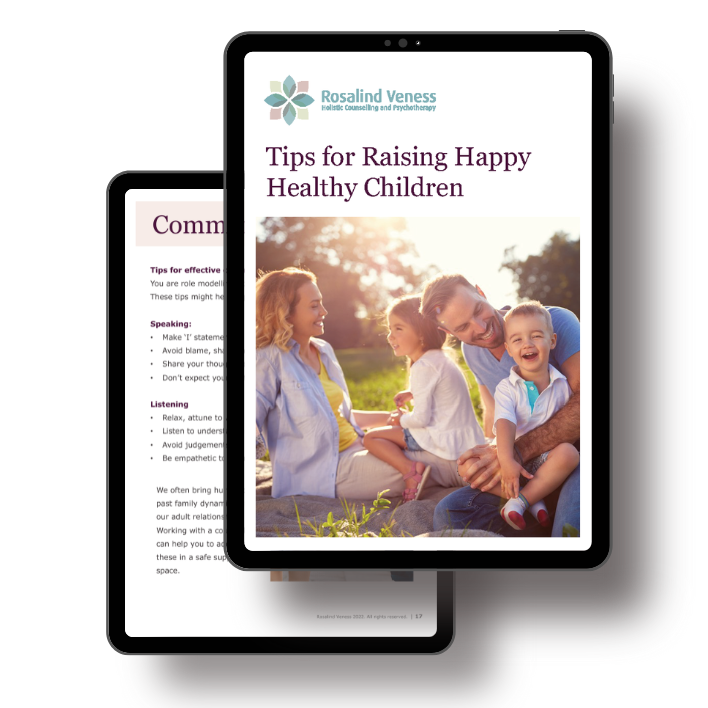
Babies are amazing. They are born knowing exactly what they need to do to grow and develop. They don’t need us to push or prompt, or provide them with any fancy gadgetry. All they need is a safe place for some floor play and tummy time, and you to watch over them.
They’ll grow at their own pace, at a speed that is unique to them. When we give them the space to do this, they not only grow in size and strength. They will also will have the satisfaction of personal achievement. If you’re worried, or think their development may be delayed, it is best to talk to a professional who can offer appropriate advice.
The Floor is Baby’s First Playground
The floor is baby’s first playground. Babies are fascinated by their own bodies. You can watch them exploring their hands, feet, fingers and toes, long before they realise that these belong to them.
If we place a brightly coloured toy beside him, baby will learn to turn their head towards the toy. As they do so, the arm on that side straightens, and the one on the opposite side curls. This is a natural stage, releasing a reflexive pattern that your baby was born with.
Build Core Strength with Tummy Time
When baby is lying on the floor on their tummy, they will learn to lift their head. We can help by sitting in front, and giving them something to aim for. This simple motion helps build strong tummy muscles. That little head is very heavy, and baby needs to build strong muscles in their neck and tummy, ready for learning to crawl.
When baby has learnt to lift their head up, they will start to roll from tummy to back, then over again. Then, when this little body is strong enough, they will start to pull themselves along the floor in a creeping position on their tummy.
The next step is to pull themselves up into a sitting position, before starting to crawl. When we place a baby in a sitting position prematurely, we are denying her the chance to do it for themselves, and therefore having the satisfaction of achieving this goal.
Getting Ready to Crawl
Crawling is generally preceded by an important, but seemingly strange motion, head up, bum down, then bum up, head down. This pattern brings in an early reflexive pattern that enables him to get up onto his hands and knees, ready to crawl. Following this, you might notice another very important stage – rocking backwards and forwards on his hands and knees, which releases these reflexes.
Finally, your child is ready to crawl. Some babies choose to do a bum shuffle, or bear walk . This is often a sign that they haven’t had enough tummy time. After sufficient crawling steps have been achieved, your child is ready to take her first steps.
Ready to Start Walking
Then, when they are ready, all by themselves, they will pull their body into an upright position against the furniture. Through this process they are strengthening little muscles, and again, building self esteem and a sense of achievement. They are also building balance mechanisms in their body, coordinating balance and vision with muscle movement.
Each Stage is Important
The stages your baby follows are all necessary, and will follow a natural, pre-determined sequence. Successive stages build on what baby learnt in earlier stages. In fact, it is these early movement patterns that are getting your baby ready for later learning, especially in the classroom.
It’s tempting, isn’t it, to try and hasten these stages, but we are doing baby a disservice when we do this. Your baby is already programmed to develop at her own pace, when she is ready. Somehow, her little body already knows exactly what to do. Our interference, although well-meaning and coming from the best of intentions, is not necessarily helpful.
Build Self Esteem through Early Struggles
Early failure to succeed is an important lesson. It encourages us to strive harder, learning through experience. Nature has it all worked out, and all we need to do is follow baby’s lead.
When baby first starts to walk, they will often plop back down, as they learn to coordinate their legs, and they slowly become stronger. Lucky the ground is so close, and his fall is softened by a thick nappy. It’s only through making these mistakes, and getting up again, that they will learn perseverance, and the benefits of trying again, until they finally achieves their goal of upright motion.
Early Development as Preparation for Classroom Learning
Learning, whether in the classroom or elsewhere, requires a good foundation of sensory and motor development, and all of this starts with floor play and tummy time. When I see a child with learning or behavioural difficulties, I generally check for immaturities in these early stages.
Helping them often involves going back to floor play and tummy time, and slowly filling in missed or incomplete stages. In this way, your child’s body learns how to take in and process information from their senses.
It’s never too late to help your child, but is is much easier when they are younger, before secondary issues such as poor self esteem, anxiety, anger and frustration start to creep in.
The Next Step
If you are concerned about your child’s early development, or your older child is struggling in school, the next step is to make an appointment for an initial parent consultation. No problem is too small, and talking about your concerns early on can help stop them from becoming bigger problems later on.
My aim is to help you raise happy, healthy children who are able to achieve to their potential and find their place in the world.
Download our FREE e-book Tips for Raising Happy, Healthy Children





